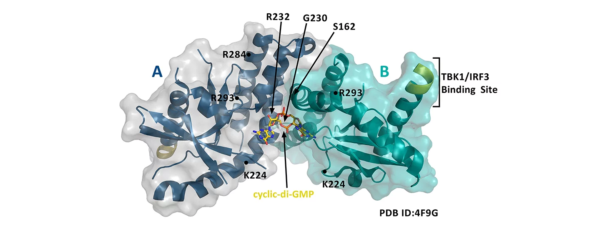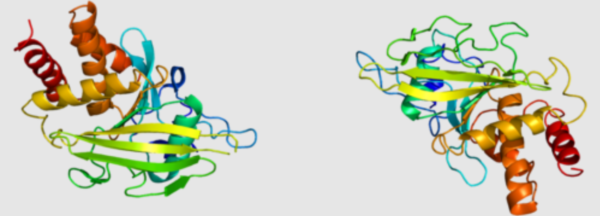In the ongoing battle against viral infections, the discovery and development of effective antiviral therapies are of paramount importance. Antiviral libraries play a crucial role in this quest by providing researchers with a comprehensive collection of molecules that have been systematically designed and synthesized to inhibit viral replication and activity. In this blog post, we will delve into the components of an antiviral library and explore their significance in the fight against viral infections.
Understanding the Components of an Antiviral Library
An antiviral library comprises a diverse array of small molecules, carefully selected and designed to target specific viral pathogens. These libraries consist of various chemical structures and functional groups, allowing for a broad screening of compounds to identify potential antiviral activity. Here are some key components that make up an antiviral library:
- Broad-spectrum Antivirals
Broad-spectrum antivirals are compounds that demonstrate inhibitory activity against multiple viral families or different strains within a viral family. These compounds target conserved viral mechanisms or host factors required for viral replication, making them effective against a wide range of viral infections. Broad-spectrum antivirals are particularly valuable when dealing with emerging viral outbreaks or chronic viral infections that have limited treatment options.
- Target-specific Antivirals
Target-specific antivirals are designed to inhibit the activity of specific viral pathogens by selectively targeting key viral enzymes, receptors, or proteins required for viral replication. By focusing on specific viral targets, these compounds provide a high degree of specificity, minimizing the potential for off-target effects and reducing the risk of developing drug resistance. Target-specific antivirals are particularly useful when treating viral infections that are caused by a single pathogen.
- Mechanism-based Antivirals
Mechanism-based antivirals are compounds that exploit specific viral replication or life cycle stages to disrupt viral activity. These compounds interfere with critical viral processes, such as viral entry, genome replication, assembly, or release, thereby inhibiting viral replication and reducing viral load. Understanding the intricacies of viral replication and the molecular mechanisms involved is crucial for the design and development of effective mechanism-based antivirals.
- Combination Therapies
Combination therapies involve the use of multiple antiviral compounds with different modes of action to enhance treatment efficacy. Combining compounds that target different stages of viral replication or act on distinct viral targets can provide a synergistic effect, improve treatment outcomes, and reduce the likelihood of drug resistance. Combination therapies are particularly effective against rapidly evolving viruses, such as HIV and influenza, as they create a more formidable barrier for viral escape.
- Virtual Libraries and Computational Approaches
Advancements in computational chemistry and virtual screening techniques have led to the creation of virtual libraries—an additional component of antiviral libraries. These virtual libraries comprise computationally generated compounds that have not been physically synthesized but have potential antiviral activity based on their structural and physicochemical properties. Virtual libraries allow for a rapid screening of a vast number of compounds, accelerating the discovery of novel antiviral candidates.




